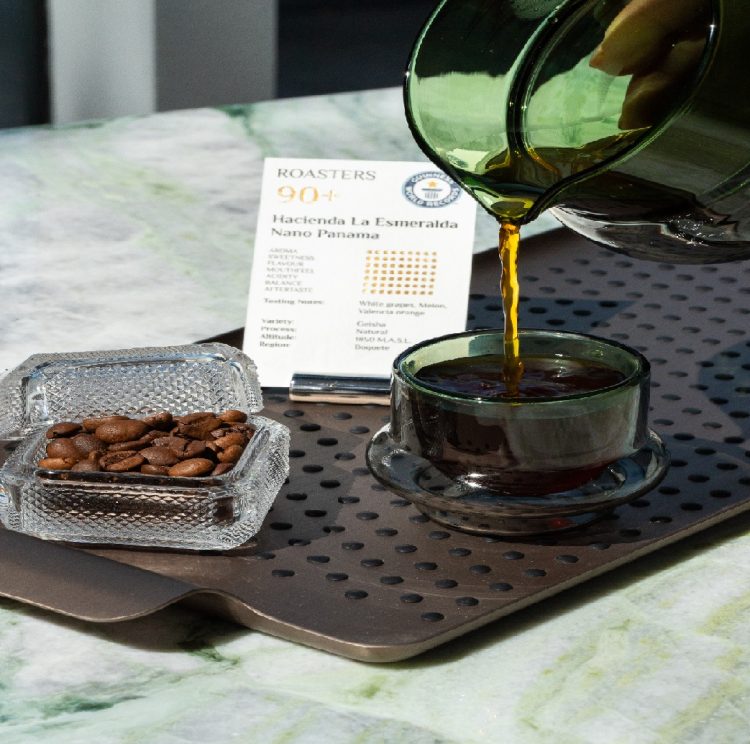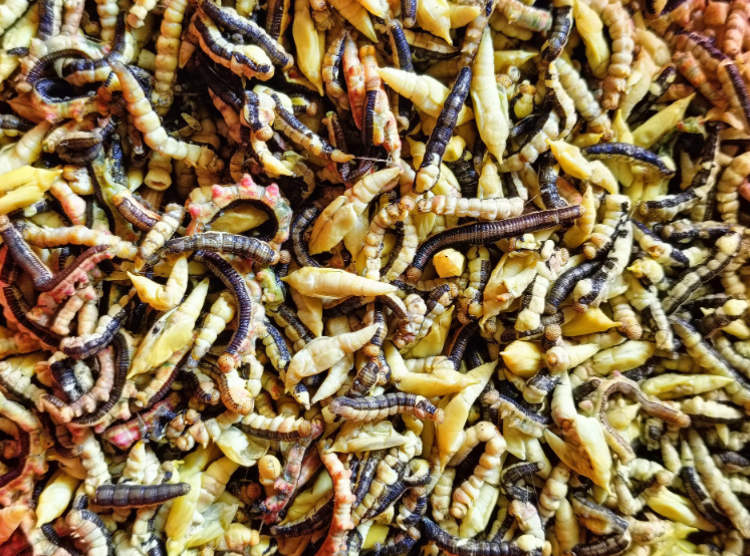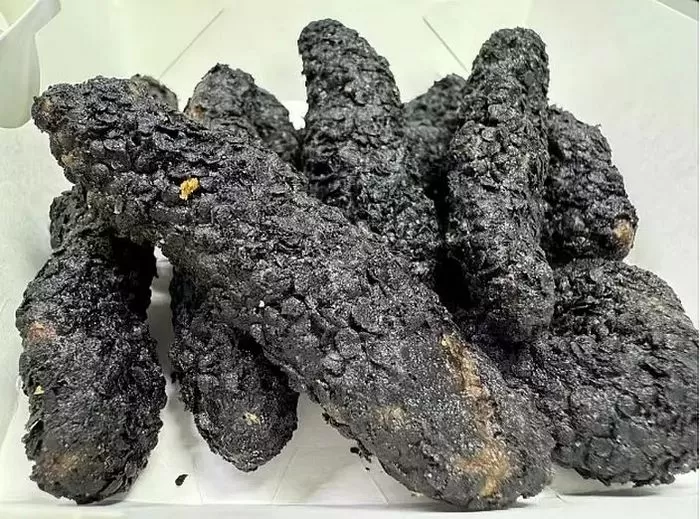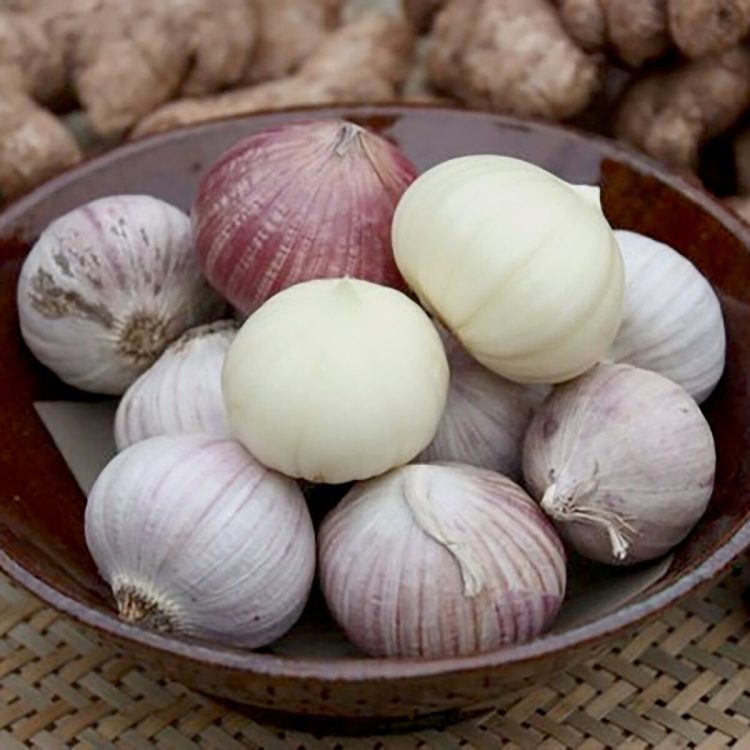Artisans at London-based design studio Bompass & Parr teamed up with scientists at the Aerogelex laboratory in Hamburg, Germany, to transfer the properties of the world’s lightest solid material into an edible dessert.
Aerogel was invented in 1931, by American chemist Samuel Kistler as part of a bet he made with fellow scientist Charles Learned over who could replace the water in gels with air, without causing shrinkage. With an air content of 95% – 99.8%, aerogel is recognized as the lightest solid in the world, so it made sense for designers at Bompass & Parr to try and emulate the making-of process of aerogel to create the world’s lightest dessert.
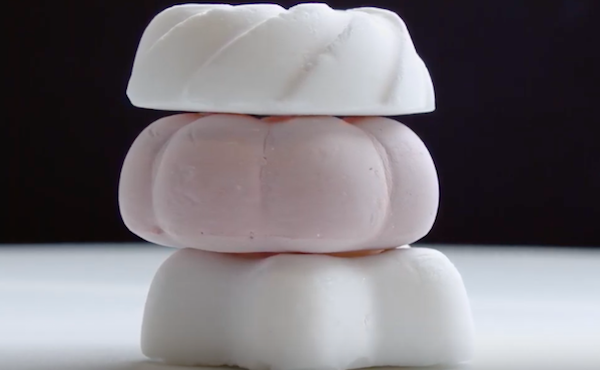
Photo: Bompas & Parr
Aerogels can be made using a variety of materials, but for this special project Bompas & Parr focused on albuminoids, the globular proteins found in egg whites. They set out to create a meringue, but went about it in a “slightly” different manner than usual. They began by making a hydrogel of egg white that was then cast in a mould before being submerged in a bath of calcium chloride and water.
The liquid in the meringue gel was replaced with liquid carbon dioxide, which can be be transformed into a gas in a process known as super-critical drying. Finally, the gas is removed from the end product, leaving behind only the skeleton of the original gel. In this particular case, the final product is a meringue dessert that consists of 96% air and weighs only one gram.
Dubbed the world’s lightest dessert, the meringue was presented at the King Abdulaziz Centre for World Culture (Ithra) in Dhahran, Saudi Arabia during Ithra’s Creativity Season, Tanween, on October 10-26, 2019.
No word on what the ultra-light meringue tastes like, but considering its main ingredient – air – it’s probably not the tastiest dessert ever made. Still, having it evaporate in your mouth must be a pretty special experience, if you can afford it.




